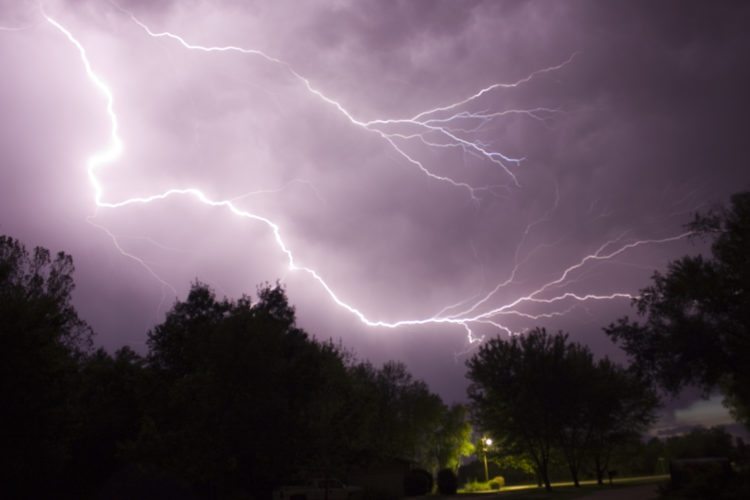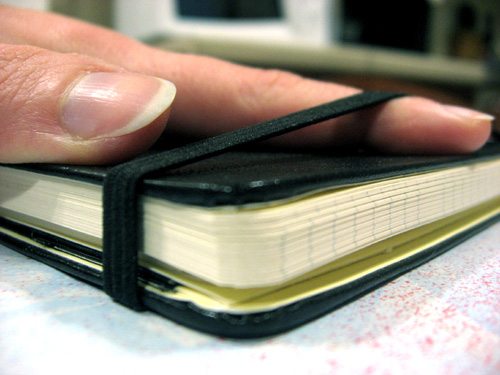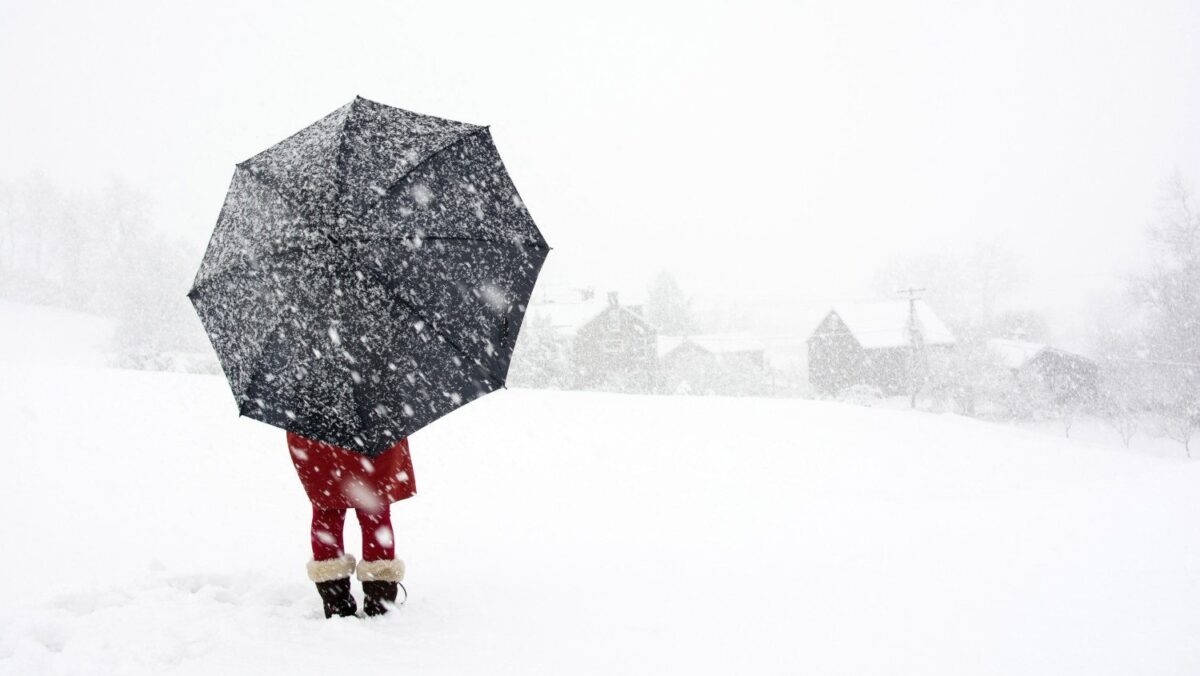Here’s What We Know About Weather And Migraines

There’s nothing worse than the creeping pain of a migraine.
Though scientists are still unraveling what causes these throbbing headaches, ask any migraine sufferer and they will tell you that there seems to be a connection between their pain and the weather.
Nearly 75 percent of people who suffer from these debilitating headaches reported in a 2013 survey conducted by the National Headache Foundation that they considered weather or barometric changes to be triggers, according to WebMD.
Though the research is a bit murky, it does seem that shifts in barometric pressure can set off headaches in some people, neurologist Orly Avitzur told Consumer Reports.
Wind, temperature changes and even lightning may also cause problems for regular migraine sufferers. One Canadian study found that the arrival of warm, dry Chinook winds boosted the likelihood of migraines by 19 percent.
Another study found that when the temperature rose, more people went to the emergency room complaining of headaches.
Scientists still don’t know why weather and headaches are linked, but that doesn’t mean you’re powerless when it comes to preventing migraines.
In many cases, headache sufferers reported that one or more triggers set off their migraine. Be mindful of other things that get yours going—alcohol, sleep loss, skipping a meal.
Keep a migraine diary so you can piece together what triggers the pain.
“Some people develop migraines when there’s the perfect storm of triggers—perhaps a bad night’s sleep, a stressful day, and a glass of red wine together lower your threshold,” Avitzur said. “One more trigger could lead to pain.”
It also never hurts to carry migraine medications with you at all times, especially if the forecast calls for changes to the weather.
Take your medication at the first sign of pain, suggests neurologist Lawrence Newman, who directs The Headache Institute.
“Migraine specific agents like the triptans have a better effect if taken within the first 40 minutes of pain onset,” Newman told Consumer Reports.







